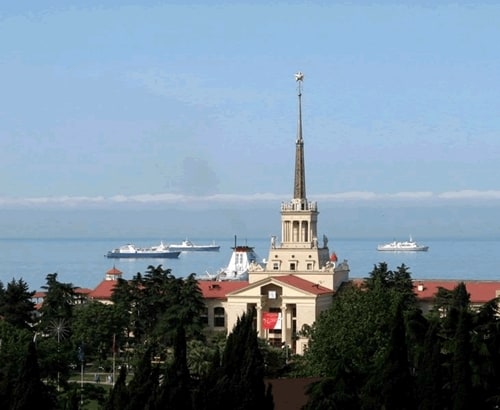
When the Sochi 2014 Organizing Committee released the Winter Olympics logo in 2009, there wasn't too much feedback on its design. Marketing experts neither loved or hated it, according to the New Yorker. Now that this year's Winter Olympics are behind us, how did the simplistic, image-free custom graphics measure up to previous events?
At the forefront, it may appear that the silent response means that designer Christoph Marti failed to deliver, but that is not necessarily the case. Fast Co. Design contributor John Brownlee defends this argument by comparing the futuristic Sochi.ru marketing campaign with logos between 1924 to 2020.
"There have been some beautifully designed logos throughout the Olympic Games' rich history, but sadly, that seems to be very much the exception, not the rule," he wrote. "Traveling back in time on this Olympic carousel, it's interesting to spot design trends, and even more interesting to spot the design crimes."
Whenever a country is given the opportunity to host the Summer or Winter Olympics, they are aware that it comes with massive exposure. Nearby cities and towns are under the microscope for the next seven years once the International Olympic Committee selects a host.
Despite the pressure, the custom signs made for the international event may fall flat of expectation or as in this case, comes as a pleasant surprise. When the Sochi 2014 Organizing Committee presented the URL-based logo, it was intended to be "the first digital brand in the history of the Olympic Movement," its press release explained.
The logo was intended to show that Russia as a whole is open to the 21st century's technological shift, illustrating "the connection between the past and the future, traditions and innovations." The use of the color blue is intended to represent the winter season.
To us, it may sound like a strange concept, but those who attended the Winter Olympic Games found digital technology all over the Olympic Village, New York contributor Jonathan Kolatch added.
Spectators and athletes received real-time results of sporting events, biographies on participants and the daily program on sochi2014.ru. As a way to reinforce print, television and digital mediums, the committee felt going with a minimalist approach enabled the logo to fit every vinyl banner, mobile device and computer screen.
Now, the attention will be on Rio de Janeiro, Brazil for the 2016 Summer Olympics Games.